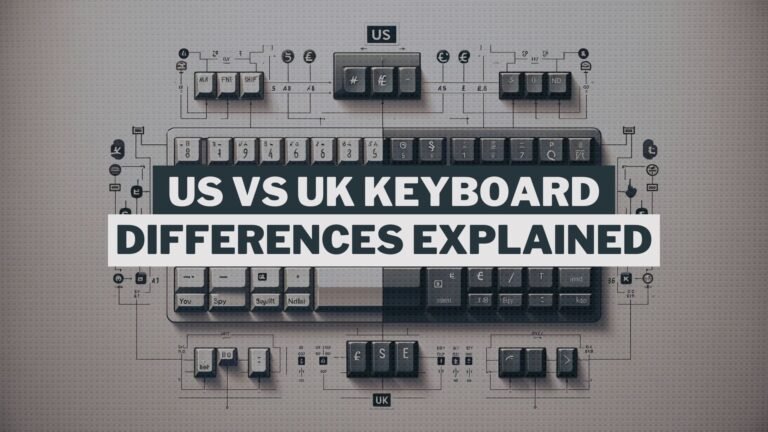In 2021, Apple sold more units of the iPhone SE than the 13 Pro Max, the company’s most expensive smartphone. If you compare the SE to other iPhone models, you’ll notice that one of them is distinct from the rest. Except for the SE, every new iPhone from Apple has a notch and no home button.
So why did Apple include a home button on one iPhone while leaving it out on the rest?
It’s all about saving money, of course. When you consider that the first iPhone was released in 2007, the home button was already in place. Although it did undergo a couple revisions.
Touch ID was first integrated into the home button of the iPhone 5s in 2013. Fingerprint scanning enabled the phone to be unlocked by a single tap. The square icon on the button was taken away, and it went from being slightly curved to being completely flat.
The iPhone 7 had a solid-state home button upgraded in 2016. As a result, pressing it did nothing. Instead, the Taptic Engine vibrated to mimic the sound of a click. This improved the button’s durability and gave the user greater control over the amount of force required to press it. And, nine years later, the iPhone SE still makes use of the same home button. Simply because it’s cheaper to use than transitioning to swipe navigation with a notch and Face ID.
Why iPhone SE copied iPhone 8 Design?

As it turns out, nearly every aspect of the iPhone SE’s design was lifted directly from the iPhone 8. A product that was released five years ago, in order to keep production costs as low as possible. Apple’s assembly line was already up and running when the iPhone 8 was released, which means its components are more common and cheaper each year. Apple was able to lower the price from $700 in 2017 to $400 in 2020 and rename the iPhone SE as a result of these cost savings.
Some people prefer the home button and consider it a feature that other iPhone models lack, but it’s really just Apple recycling old parts to keep profit margins high on their most affordable iPhone model.






